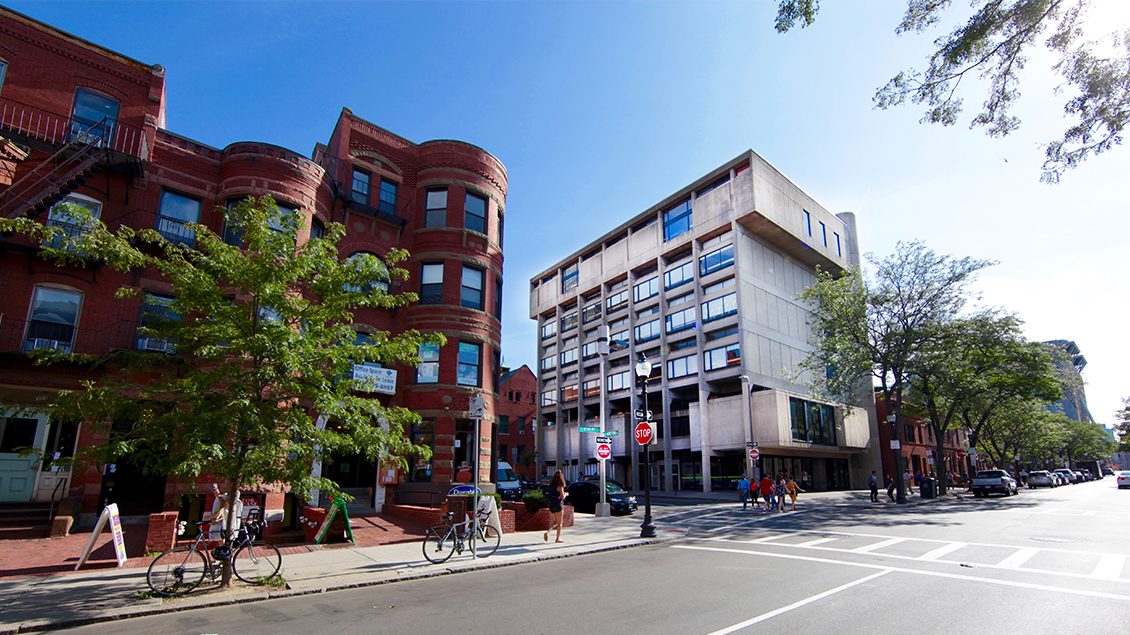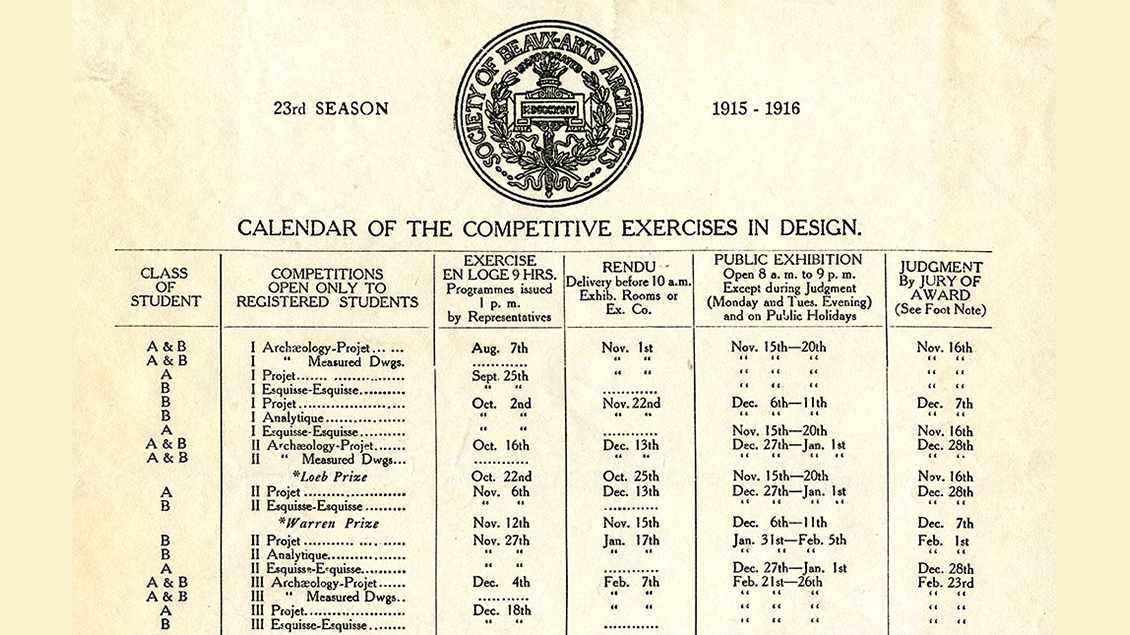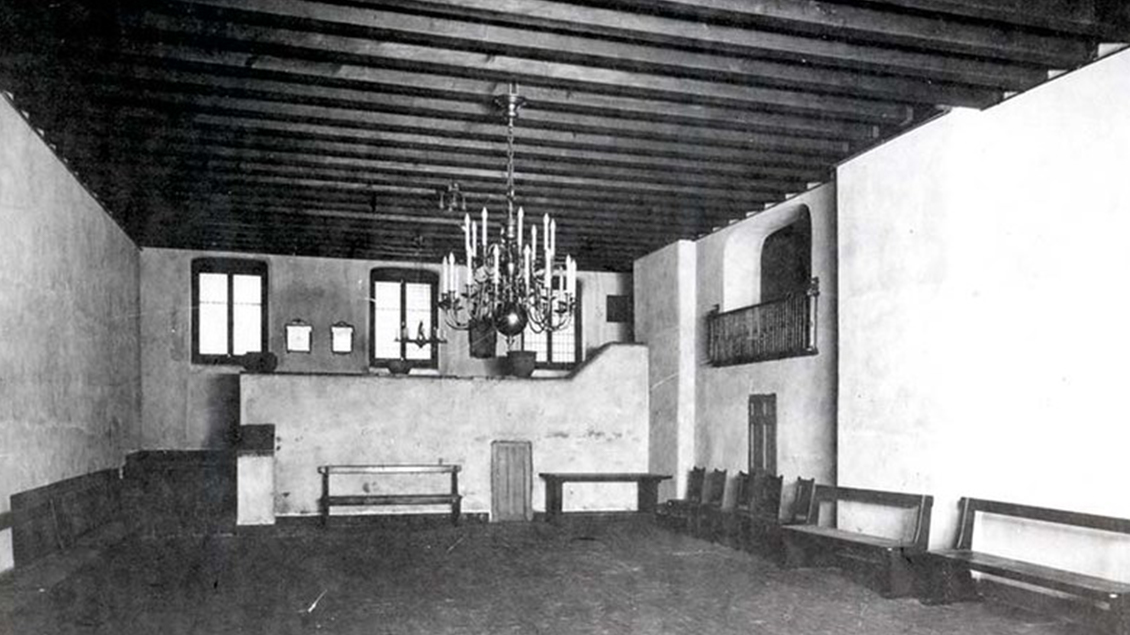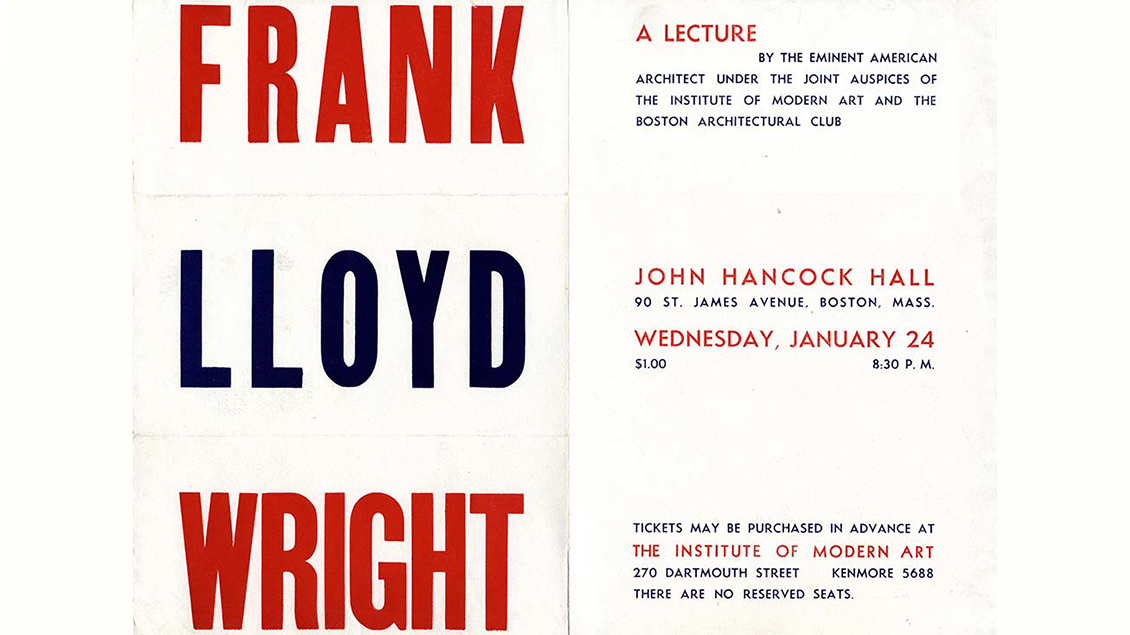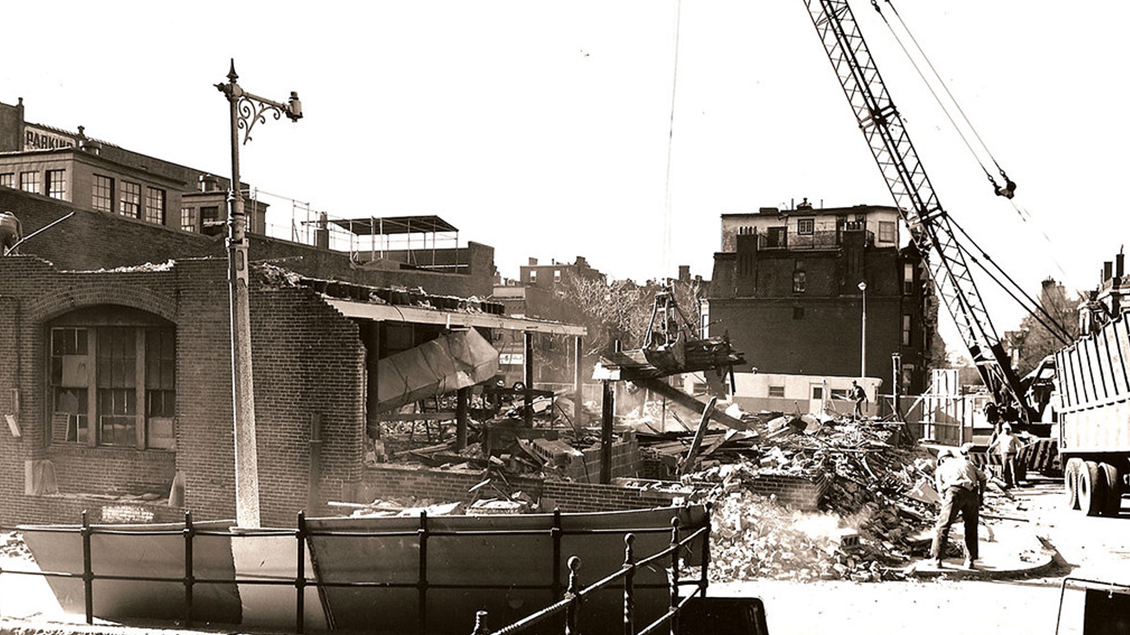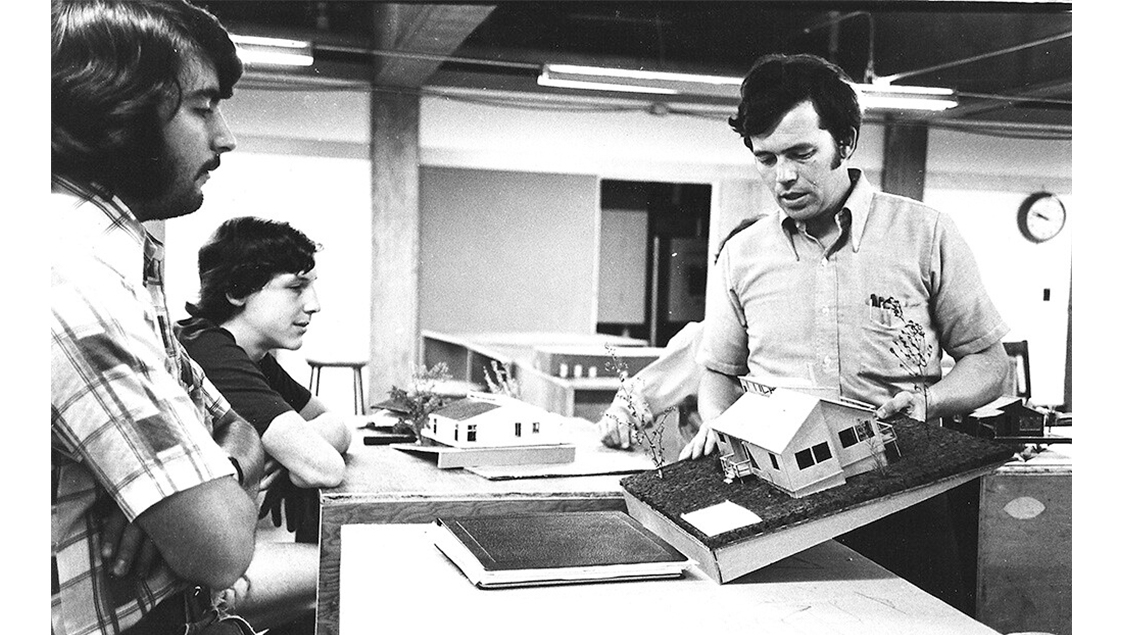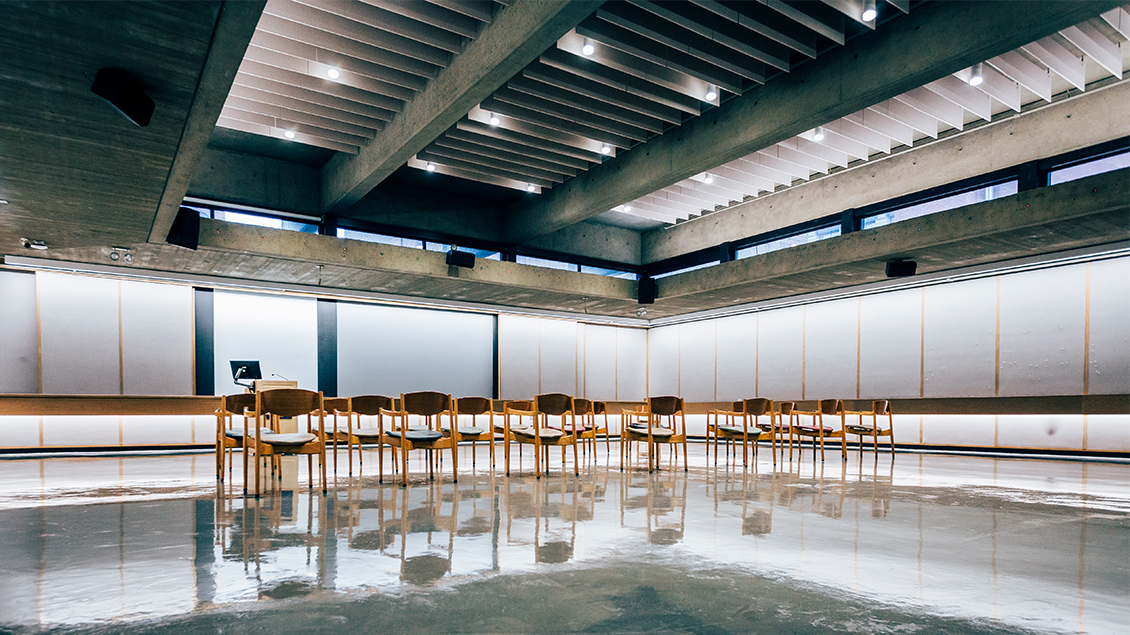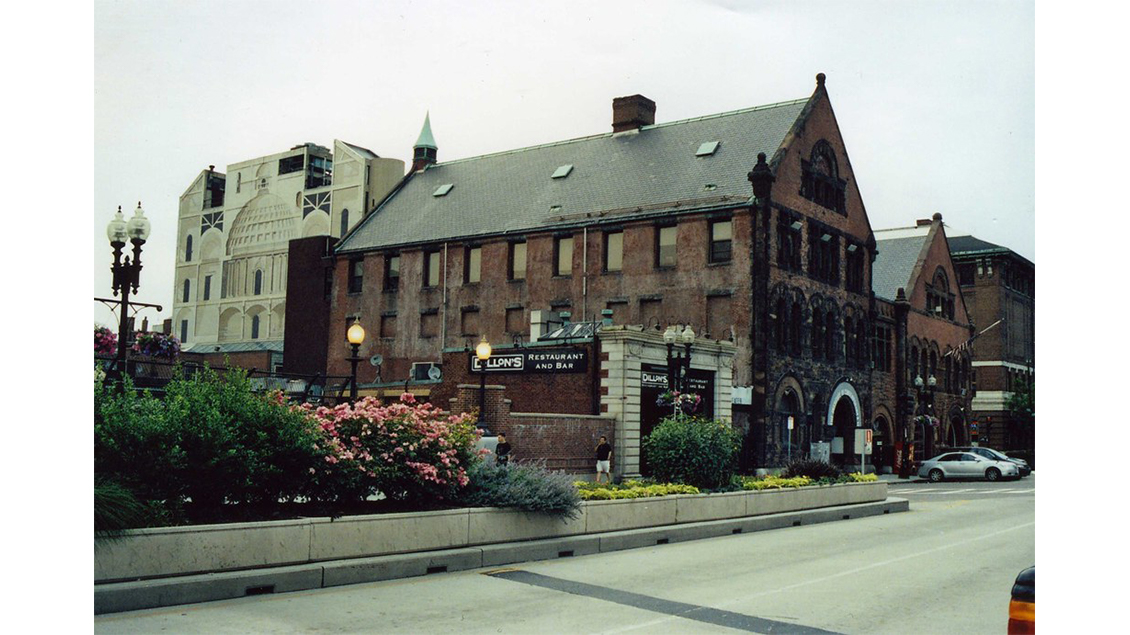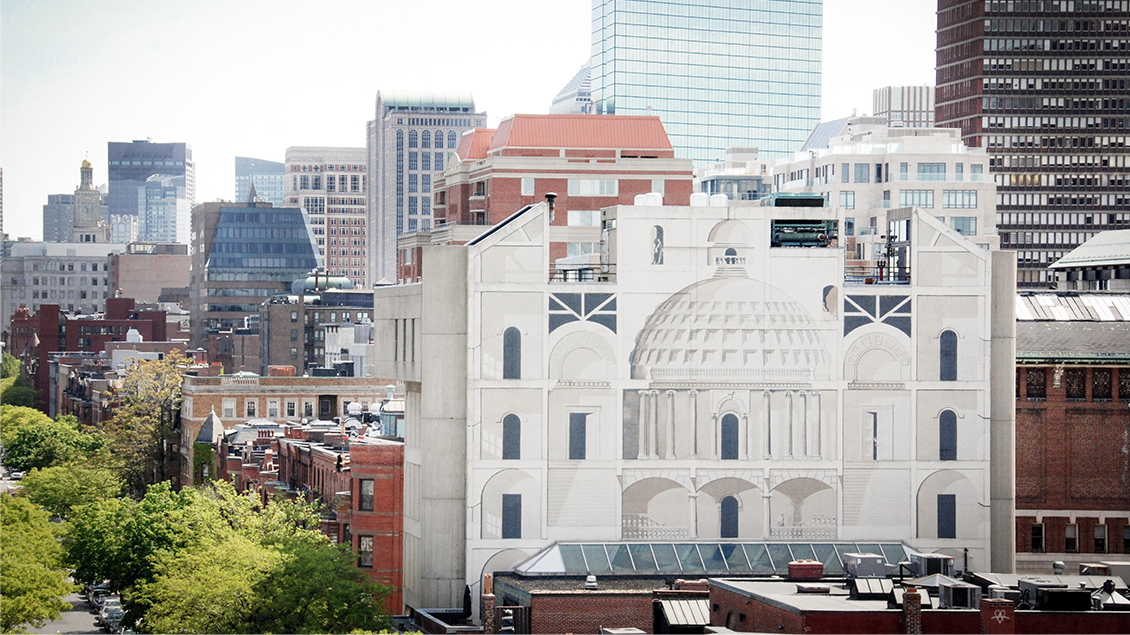The Boston Architectural College was established as The Boston Architectural Club in 1889 by a group of both young and established local architects. The BAC's founders designed hospitals, churches, libraries, schools, theatres, and many notable homes in Back Bay and Fenway; started influential companies, including Peabody & Stearns and A. H. Davenport & Company; and boasted two future AIA presidents, R. Clipston Sturgis and Robert S. Peabody. One notable founder, Edward C. Cabot, served as the president of the Boston Society of Architects for nearly 30 years and designed the Boston Athenaeum.
According to its original charter, the founders created the Club "for the purpose of associating those interested in the profession of architecture with a view to mutual encouragement and help in studies." The BAC was envisioned as a broad community not just for architects but also sculptors, painters, decorative artists, and patrons of the arts. Clarence Blackall, the Club's first president, was passionate about creating an open and inclusive society, a tenet that is an essential part of the BAC's mission today. This accessibility attracted many first- and second-generation immigrants, who often could not attend traditional colleges.

